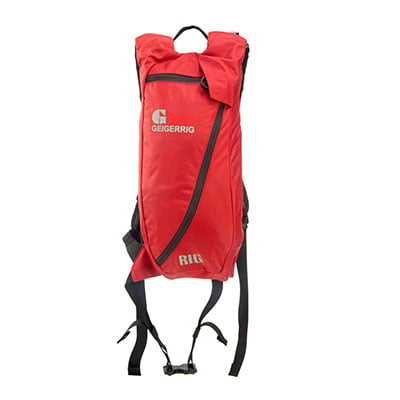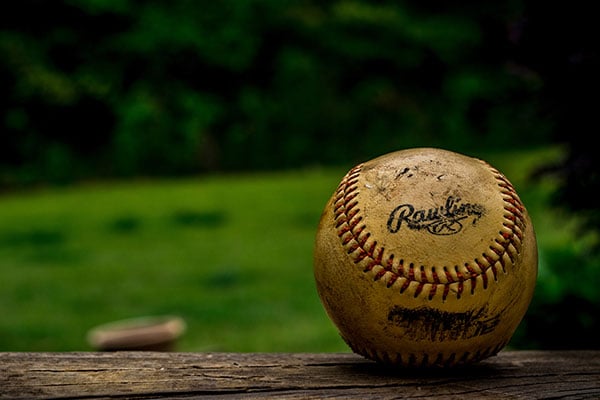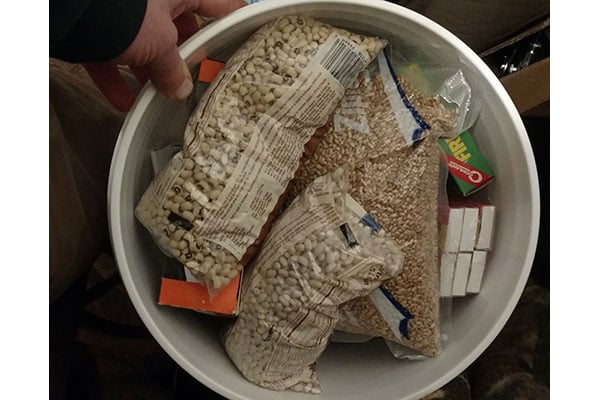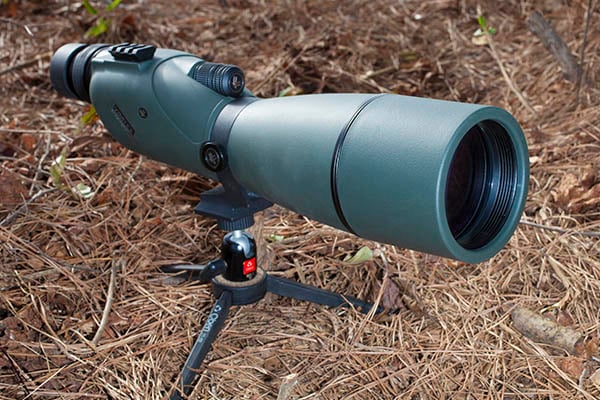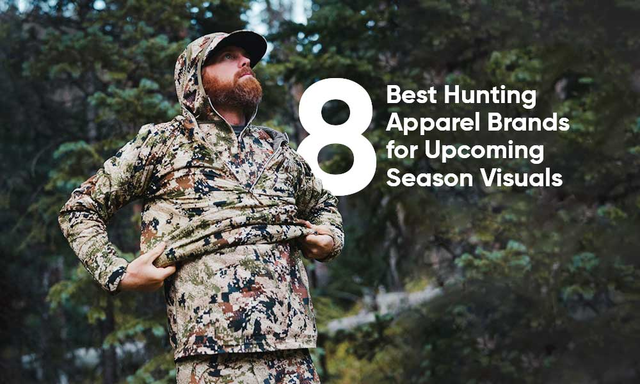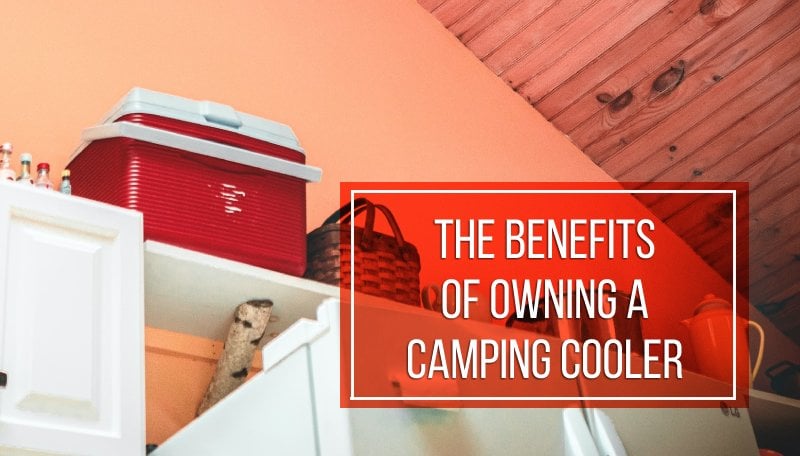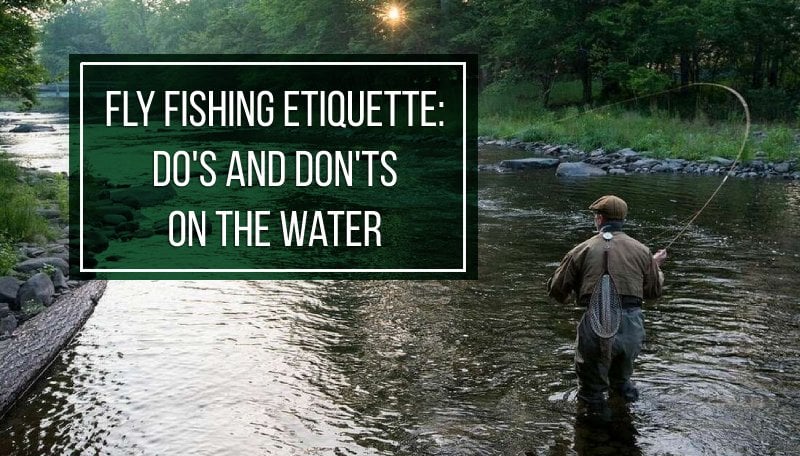Last Updated on
Baseball is back for 2017, and it’s time to get ready for another exciting year of action around the diamond. Spring Training is ramping up in Florida and Arizona this week, and whether you’re a dedicated season ticket holder or just a casual visitor to the home park, it’s time to get ready for baseball. The season can hold plenty of surprises for spectators. Cold temperatures and snow can threaten during the beginning and end of the season while sweltering heat and sun exposure can make middle season games uncomfortable. Of course, there is always the potential storm threatening a rain delay. If your favorite team has a ballpark without a roof, then you need to gear up for all these potential weather swings before the season begins. Here is our survival kit for baseball 2017.
Rain Gear
Rain delays are part of baseball. Some fans love them as they extend their time at the ballpark and give everyone a chance to take a break and grab some refreshments while the action is on pause. Other fans aren’t so pleased with rain delays, and the appearance of even a few sprinkles can make spectators scramble for shelter. Both versions of these fans should pack some rain gear on those days where the forecast looks bleak, and the best rain gear for the job is something that is packable and lasts all year long. Ditch the cheap plastic rain ponchos for this purpose, and instead get a jacket that will provide adequate warmth while it sheds the rain. This way you can use the rain jacket for wet hikes or other outings as well as rain delays.
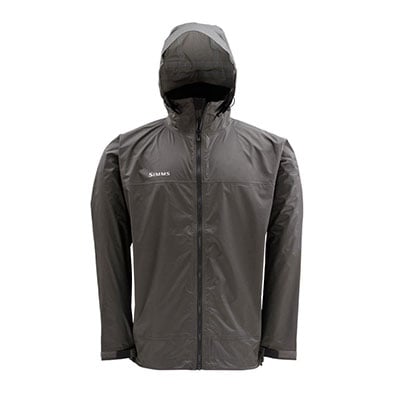
Take note of waterproof vs water resistant when you buy. Waterproof jackets and rain gear are designed to shed water even in heavy downpour conditions. The best waterproof jackets have taped seams and waterproof zippers as well. Water resistant jackets on the other hand are treated with a compound to resist water, but in heavy conditions, the material will begin to absorb moisture and become soggy, cold and wet. Waterproof apparel will cost you more, but in the long run it is worth the investment.
While you’re preparing for rain, you may want to consider a waterproof phone and device pouch. Losing an expensive smartphone to rain exposure will definitely put a damper on the night. Instead have that device pouch handy before the storm ever hits.
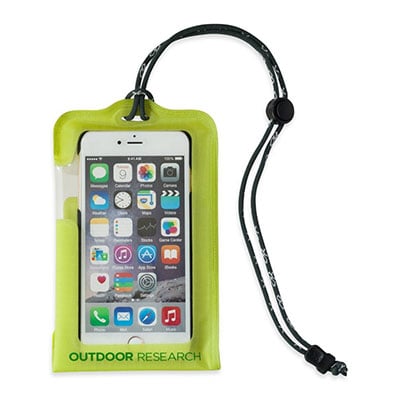
Jackets
Rain isn’t the only threat that requires a jacket at a baseball game. Depending on where your team plays, cold temperatures can slip in after the sun sets, and you need some extra warmth to get you through all 9 innings. While many choose team branded jackets for the job of warmth, not everyone wants to use a team jacket as their primary coat. For the purpose of ballpark visits, a lightweight shell jacket always works well. You can stuff it into a pack when you don’t need it, and it doesn’t weigh much so if you don’t need it, you won’t feel like you’re lugging it around. Finally if you’re worried about branding, you can always wear that team cap or beanie with the jacket.
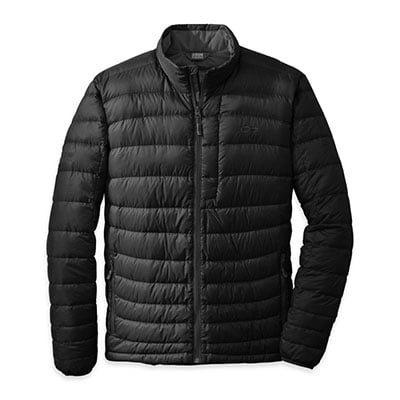
Gloves
Chilly winds can make sitting in the stands a bit of an endurance game, but if your hands are exposed, a cold ballgame can be especially hard to sit through. Add to this the addition of a cold beverage in your hands, and things can feel downright frigid if you don’t have gloves to wear. Likely you won’t need mittens or anything heavy, and it’s best to focus on lightweight, flexible gloves for the purpose of a ballpark visit. Aside from handling cold drinks or snagging fly balls, you should be able to eat peanuts with those gloves on as well.
Binoculars
Those who sit in the cheap seats, or even most season ticket holders, frequent areas of the park that aren’t very close to the plate. When you want to get up close to the action, nothing does it better than a pair of binoculars. It’s important to remember that you have to lug these binoculars with you everywhere you go during the game, so extra large binoculars with 50mm objective lenses won’t be the best option. Instead it is best to choose something lightweight with a medium level of magnification, either 8x or 10x. Finally, while it may be tempting to bust out your $1000 pair of expert binoculars for the game, you should probably consider buying a cheaper pair for the ballpark. This way if anything happens it won’t be as big of a blow to your hunting or wildlife watching activities outside of baseball.
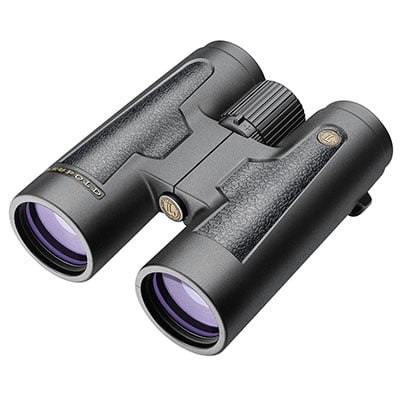
Hydration
Staying hydrated is key to feeling good at a ballgame, and simply buying bottles of water at the ballpark can really drive up how much you spend each game. As an alternative, most parks allow you to bring a bottle of water into the park. You can refill it at the water fountain anytime you need, and the cost of a quality, reusable bottle will pay off in just 2-3 visits to the ballpark.
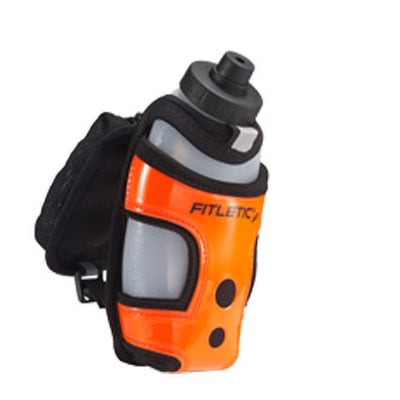
Better yet, most parks allow you to bring in packs and bags as long as they are inspected before entry. You may consider going “pro” with your hydration setup and opting for a hydration pack. You can carry all your essentials to the ballpark, and after the pack is inspected at the gate, you can fill it with giveaway items, souvenirs and foul balls. When you get thirsty, you need only lean over to the hydration pack to get a drink. (Note: it’s best to check the ballpark rules and regulations before bringing items or packs into the ballpark. Not every park will allow certain items like hydration packs).
